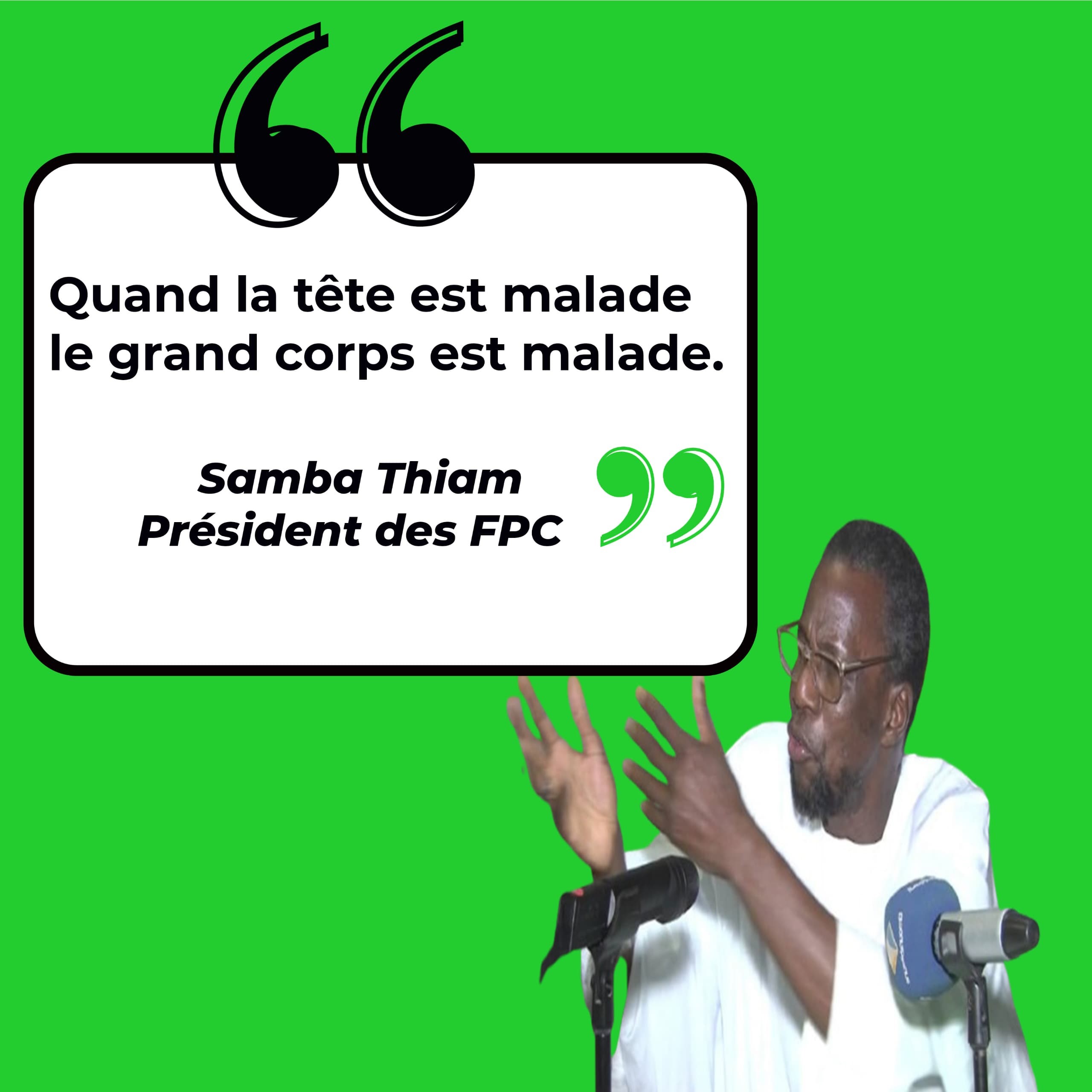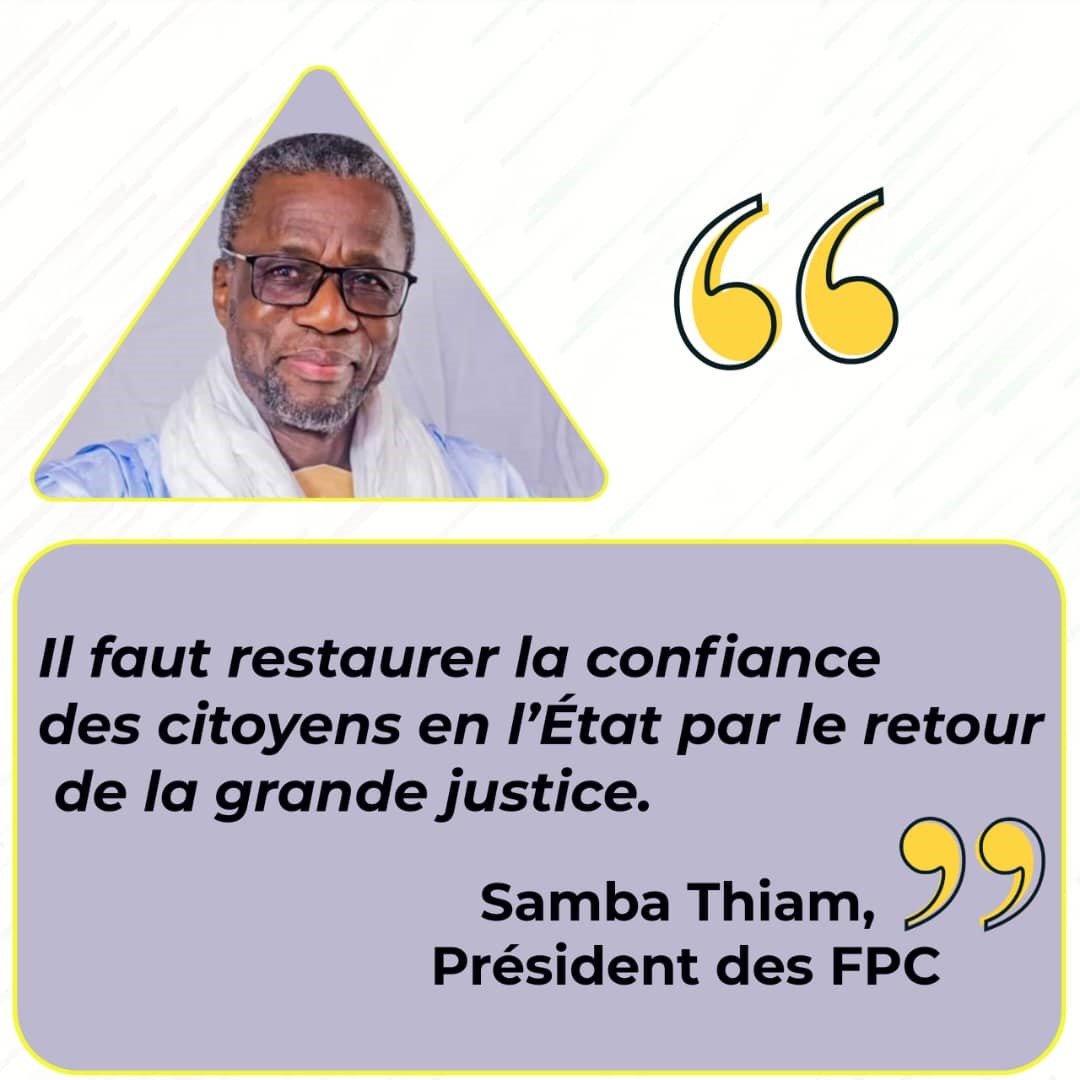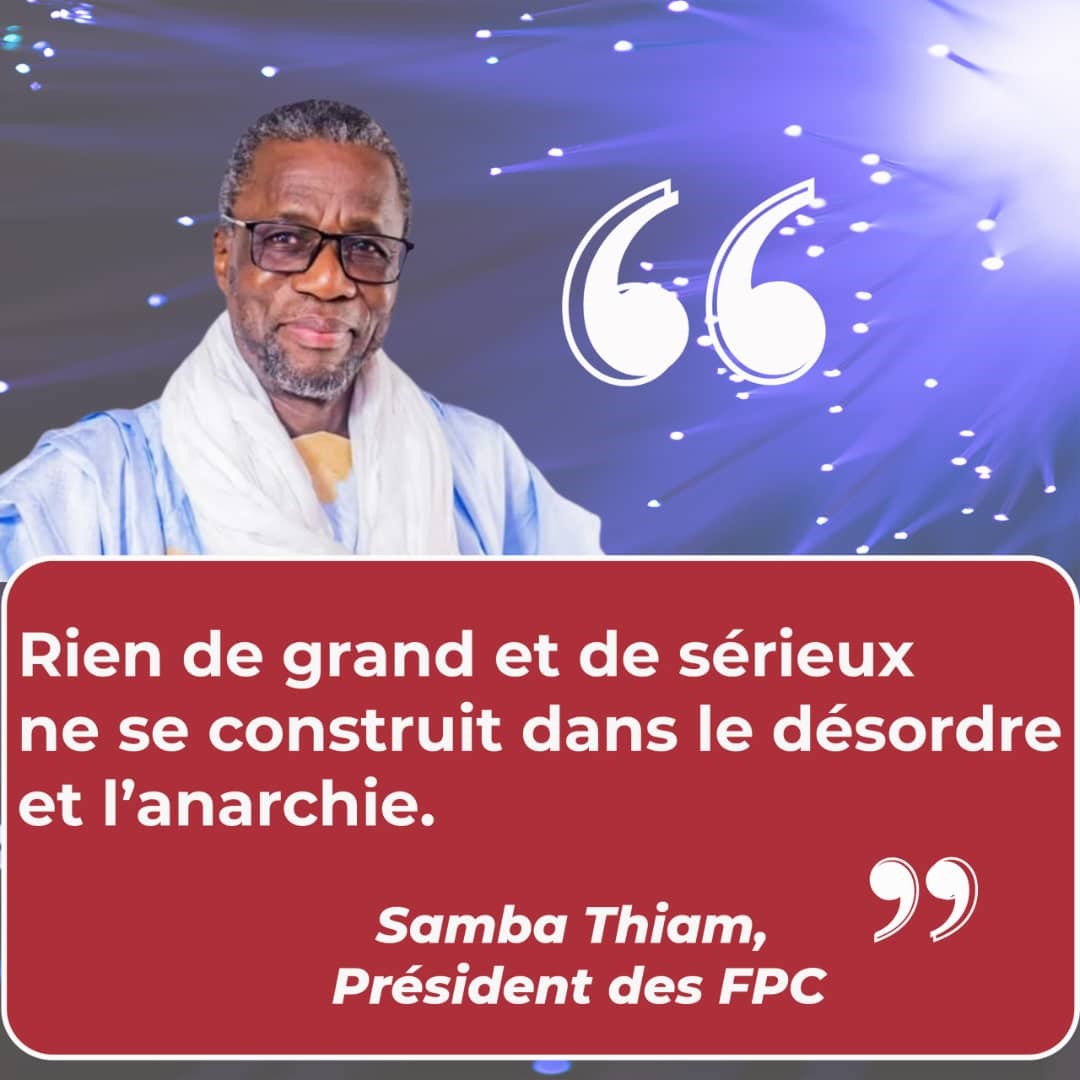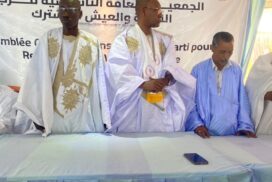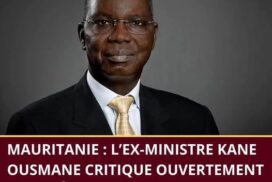Slaves of History in Senegal: by Jori Lewis
If you descend from slaves in Senegal, your shame is an open secret and your life limited by stigma and disrespect.
It started a few years ago, with a conversation I had with my then-boyfriend, a Senegalese agronomist, first about peanuts and then about slavery. He lived in the Sine-Saloum region of Senegal, a four-hour drive from where I lived in the capital, Dakar. I was writing about the history of peanut agriculture, Sine-Saloum’s main crop, so I was often there.
In fact, we met in a peanut village, one of many where he worked with farmers to help find alternative, higher-value vegetable crops. One night I told him about how, through my research on the peanut, I was learning more about the history of slavery – a legal slavery that persisted until the turn of the 20th century here, despite its abolition in 1848 in France and its colonies, including parts of Senegal.
Like me, my boyfriend was an outsider; his family was from northern Senegal and Dakar. But he learned new things about this area all the time – about their djinns, their traditions and their mythologies. He had just learned that the large village where he’d been living for nearly a year had many descendants of slaves.
Of course I was intrigued.
Senegal’s hierarchical societies had historically included slaves who could be acquired in many ways. Some were captured in raids or taken as prisoners during war. Others were enslaved for debts or crimes. Still others were enslaved willingly, delivering themselves to a powerful leader in return for protection.
The practice of slavery in Senegal and throughout most of West Africa, was both similar and different from the slavery we had in the United States or the Caribbean. As in our system, a slave was not free to come and go as he pleased. His labour mostly belonged to his master and, often, so did his children.
But here the slave was not simply chattel. In fact, the rights and responsibilities of slaves varied from place to place. There were crown slaves who belonged to the king and performed key administrative duties in government or worked in the military as warriors. Those slaves often had slaves themselves. There were domestic slaves, who might have been born within the community. They usually could not be sold and were integrated into the larger society, almost as kin. And there were trade slaves who were probably recent captives. They could be sold to other communities.
Though legal slavery in Senegal has been over for more than 100 years, I was curious about how the descendants of slaves in that Sine-Saloum village saw their legacy. I wanted to talk to them about their experiences and try to understand their stories. But my boyfriend refused. He said that if I asked people about their slave past, I would hurt and insult them. Worst of all, if it were known that he was the one who brought me there, then it would make it hard for him to work with them. He would be known as that man who told that nosy American that they were descendants of slaves.
I said, why should that hurt and insult them, if it’s the truth? I am also a descendant of slaves. It doesn’t offend me to talk about my slave ancestors, or it wouldn’t, if I knew who they were.
My boyfriend was from a traditional family, proud of their history, which they could trace back to Koli Tengela Ba, a Fulani conqueror from the Guinea highlands who settled in northeast Senegal during the 15th century and created a dynasty there that would endure almost 300 years.
Slavery is our history in the US, but it is not who we are. In Senegal, the stigma of being a descendant of a slave still holds strong
My own family’s attempt at tracing our ancestors is a cold-case file. It ends with a freed slave named Pharoah, who fought on the Union side during the American Civil War. We found him through some pension documents, and we don’t know much about him beyond his purchase of the land in rural Arkansas where, for 100 years, Lewises farmed cotton, alfalfa and, funnily enough, peanuts, until they gave it up.
Pharoah was categorised on a census as a mulatto, so maybe his father was also his master. Maybe that is why he had been freed. But his mother’s identity is completely lost to us. Where did she come from? Did she know who her people were in Africa before they became slaves in the US? The answers are not just unknown – they are unknowable. But we still talk about the ellipses in our stories and dream about their beginnings.
My boyfriend said things are not like that in Senegal, and that I could not understand. Black Americans do not feel shame about slavery; they feel anger or sadness or any number of other emotions. The shame is for others; it is the collective shame of the US. Slavery is our history, but it is not who we are. In Senegal, the stigma of being a descendant of a slave still holds strong. For people of slave origin, their history is an open secret, one that is often difficult to speak out loud.
‘Slavery no longer exists, but it still exists as a kind of birthmark,’ said Abderrahmane Ngaïdé, a senior lecturer in history at Cheikh Anta Diop University in Dakar. Ngaïdé has been studying why slavery still attaches itself like an indelible mark to those who are descendants of slaves – both in his native country, Mauritania, and his adopted Senegal. He says that slavery had a technical side and psychological side: ‘The abolitions of slavery succeeded in eliminating the technical side. But the psychological side remains. And it’s difficult to eliminate.’ The psychological aspect affects the descendants of former slaves, sure, but it also affects the descendants of former masters and the society as a whole.
The relationships between the families of former slaves and former masters play out in a delicate, complex dance. Sometimes there is discrimination, subjugation and dependence for the families of former slaves. Sometimes there is interdependence and an extended sense of kinship, as with cousins.
‘The question is often what the stigma is,’ said Martin Klein, a professor emeritus of African studies at the University of Toronto, who has spent a good part of his career studying the traces of slavery in West Africa. He said that the stigma can be subtle and hard for outsiders to understand. It is not like apartheid or Jim Crow here.
And there has always been a give and take. ‘In any hierarchical society, there are benefits to the people at the bottom,’ he said. That is, sometimes society affords certain advantages to descendants of slaves who play their roles. Those benefits could be money, patronage or the support of the community. Families of former masters might help descendants of slaves go to school or get jobs. At marriage or baptism celebrations, descendants of slaves are expected to skin the requisite sheep and prepare the meals, but they are paid for it.
Bocar Racine Sow understands the role he is supposed to play. Sow is in his early 40s – unassuming and with a quiet sense of humour. When he can get work, he operates heavy machinery on road construction jobs. Yet, even though the country is awash in infrastructure projects, he has been out of work for several months. When I met him in the suburbs of Dakar, what he didn’t say was just as important as what he did. He was reluctant to say he was of slave descent, but admitted that others might have viewed him and his family that way when he was growing up in the village of Dar Salam. That small village straddles the Senegal River: one side in Mauritania, the other in Senegal.
On both sides most of the people are, or were, Halpulaar, a group related to the semi-nomadic Fulani people whose reach extends across West Africa. Sow was born on the Mauritanian side, but boundaries didn’t mean much to the people who lived on the river; they went back and forth to work and live and marry. In 1989, a conflict between herders and farmers upriver caused a border war between the two countries. Sow, his family and tens of thousands of other black Mauritanians either fled or were expelled and exiled to Senegal and Mali as refugees, blocked off on one side of the river.
Sow’s village and the larger Halpulaar society have relatively strict social categories. There are nobles, the toorobbe (clerics) and the subalbe (fishermen); there are the sebbe (warriors); there are the artisan groups – the weavers, jewellery-makers, cobblers and musicians; and there are the servile categories which include the maccube (slaves), a hard and ugly word that in the Fulani language is a deformation of majjube, which means ‘ignorant and bereft of light’.
Sow said that in the old days, when his parents were younger, the hierarchy was stricter than it is now. The maccube were literally not allowed to sit on the same level as a noble. They had to be physically lower – on a stool or on the floor. It was not lost on me that during our chat, I was in a chair and he was on a low stool as we passed around small glasses of attaya, a sugar-filled green tea.
‘The descendants of slaves know their limits and don’t even try for elected office, even if they have the right’
But Sow says that is all gone now, mostly. He grew up with people who came from all social categories – playing together and going to the same schools. ‘Between me and the toorobbe of the same age, we respect each other,’ Sow told me. But there are limits to their interactions: ‘We know that there is an inequality between us and that they are above me. There is an unwritten code of conduct. I know my limits. I know what I have the right to do and what I do not. And I don’t need anyone to teach me a lesson.’
The delineations are subtle. I pushed a little. Like what kinds of limits? He said, well, like intermarriage with the toorobbe; that should not even be entertained as a thought. Or becoming the village chief, that won’t ever be possible. It’s only natural; the chieftainship goes to families that founded the village. Since the slaves did not found it, they could not be eligible. Or becoming imam in a mosque, that too is impossible because he, and most of his cohort, never learned enough about the Qur’an. Even running for political office, which is theoretically possible, is a bit off-limits in his mind. ‘Most of the descendants of slaves know their limits and they don’t even try to become candidates for elected office, even if they have the right,’ he said. ‘It’s not possible to stop the sea with just my arms.’
The status quo is also maintained by society’s elites, educated to believe that they are above others. ‘Even those of us who are well-educated, we still have reactions,’ said Ngaïdé, who comes from a Halpulaaar village not far from Sow’s. ‘We might say: “You’re just a slave.” Even me, sometimes I have done that without even realising it. Because I was born inside this culture and I can’t not have those types of reactions.’ It is an issue that he tries to work on. ‘At the beginning, I had trouble talking to people about their social categories, but today I say that we need to talk about it. Because if we don’t talk about it, then nothing will ever change.’
Winter in Senegal does not bring snow or rain; it brings sand. The dry winds of the Harmattan blow the Sahara desert across West Africa and then across the Atlantic in a steady, gusting stream from December to March. It was February this year, in the middle of the Harmattan, when we were turning circles in the sand, looking for a village called Ndiankha Youssoupha in Sine-Saloum. It’s not on any maps and there were no signs, so at each collection of houses we asked passersby the way. They would indicate a direction, always saying that it was just a few kilometres away. But after nearly an hour we were still looking for it.
The horizon unfolded in stretches of gold, brown and dusty green as the path took us through a sandy forest of stumpy baobab trees and towering palms whose leaves whispered secrets in the breeze. We continued past a glimpse of water, a reminder that we were not that far from the coastal mangrove swamps that define the region. After that, there was a succession of harvested fields, their leftover stalks making the landscape feel half-finished, almost empty but full of things that had been left behind. Eventually, we found Ndiankha Youssoupha, a village like all the others – cement-block houses arranged in compounds, a small mosque, the requisite donkeys, sheep and goats, and, at its centre, a gloriously tall, old tree. At a house near that tree, I was ushered through a small courtyard into two rooms covered in photos of the deceased religious leader Baye Ibrahima Niass. There I met Lamine Diankha, the village chief, an elderly man in a striped tunic.
I had come to Ndiankha Youssoupha because its name appeared on a long list of villages that had possibly been founded by former slaves. I had found the list from the appendix of a Senegalese student’s master’s thesis, but there were few details about that village or any others. I chose it on a hunch and on the fact that, by asking friends of friends of friends, I’d got a phone number for the chief and arranged a visit.
I had been advised by some researchers and notable locals not to confront the subject of slavery directly. Instead, I should skirt around the issue before coming at it from the side. I should start by asking about the village history generally. Here, the villages often carry the names of their founders. What does the oldest person, the keeper of history, know about the founder? The founder’s father and grandfather? What was their relationship with the people in their old village? I should try to recognise the subtext. Most of all, I should prepare myself for failure.
So here in Ndiankha Youssoupha, I followed the protocol and started with lots of questions about the founder, one Ndap Diankha. Ndap had founded this village at the turn of the 20th century, and I was sure that his was the story of slavery for which I’d been searching. I asked Lamine Diankha why Ndap left his village, and what were his biggest challenges in leaving. People who had been enslaved in a particular village might leave and form their own villages to escape the influence of their former masters. But Lamine Diankha said there was no conflict between Ndap and his old village; it was only that he wanted more land: ‘He was looking for the sandy soil to grow peanuts.’ I continued to ask questions, sure that they could reveal the story of Ndap’s servitude. There was even a moment when Lamine Diankha seemed exasperated with me, asking: ‘Why do you care so much about Ndap? There were other village chiefs after him.’
he came home from the war with a new consciousness: he knew that slavery was over and had been for years
Then he told me a story. During the First World War, the French came looking for people to take up their fight and assembled nearly 200,000 West African soldiers. But Ndap decided not to send his own sons to war. Instead, he sent the sons and nephew of his slave, Ali: Malick, Babou, Mamadou and Youssoupha. A light bulb clicked in my head. ‘If Ndap Diankha founded the village, why is it called Ndiankha Youssoupha?’ Lamine Diankha smiled then. He said that Youssoupha, the son of the slave Ali, was his father and the second chief of the village.
How could Youssoupha have gone from slave to chief? Lamine Diankha explained that he had come home from the war with a new consciousness. He and his brothers and cousins knew then what they might not have known before – that slavery was over and had been for years.
‘Youssoupha made a decision one day that he would no longer work for his owners. He said to his master: “You are a man and I am a man. You have two feet and I have two feet. We are the same.”’ In order to have land to grow peanuts, Youssoupha just took it, saying that it was his own father who had cut all the trees and cleared the land with his own hands when they first came here.
I asked if Lamine Diankha knew where his family came from originally – anything more about who they were before they were Diankhas. He explained that his father Ali had been kidnapped as a small child; they think he was Diola because that was the language he spoke. ‘Ali, he thought Ndap was like his father. Ndap was all he knew.’ Ali was too young to know anything else about who his real people were. ‘We cannot know,’ said Lamine Diankha.
to be continued…
